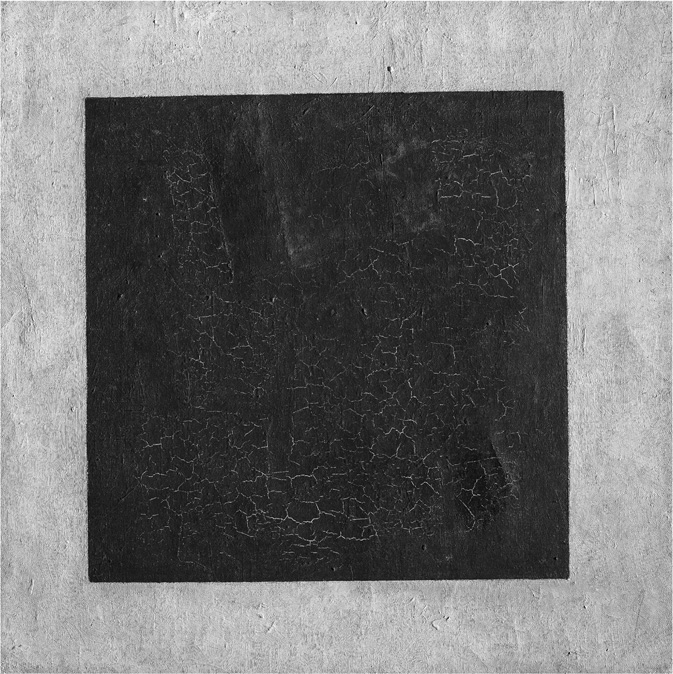Suprematism is the genre with the main idea to supersede the modernist genres such as Cubo-Futurism. Its paintings are geometric and seem to be primitive. The Black Square is a typical example of a suprematist painting. It is unusual and dissimilar to typical art: it shows no familiar forms, only simple geometrical primitives, and seems alien to most viewers. Despite that, the primitiveness of The Black Square is delusive: it has a broad array of meanings, unusual as the art piece itself.
Being an extremely simple work, The Black Square has symbolism making it essential for the modernist culture. Kazimir Malevich, a Russian artist and the author of this piece, shows with it a plethora of meanings, sometimes contradictory and unobvious (Vakar, 2018). He painted it in 1915, despite most researchers thinking that The Black Square was painted in 1913. In 1913, it was only some drafts, and it is possible that under the square, there was some other painting superseded by it. The X-ray analysis of the painting has shown that there was a painting over the square indeed (Vakar, 2018). Perhaps it is the symbolic representation of superseding Cubo-Futurism by Suprematism. The symbolism of The Black Square begins from its very history and continues with the vast range of meanings it generates.

The meanings of The Black Square emerge from associations it induces in those watching it. Malevich said that he painted it, being impressed by the opera Victory over the Sun. The idea of The Black Square was, initially, to be the antithesis to the Sun: it shows the victory over the Sun and the darkness that follows it (Vakar, 2018). Further in his life, Malevich returned to his painting many times, revealing more and more senses in the painting. He called it “the embryo of all possibilities” (Vakar, 2018, p. 12). It means that The Black Square shows the simple possible form, a square; thus, it can give birth to other forms, symbolizing the ability to replicate. Malevich called it “the icon of my time” in 1915; at the end of the 1920s, he said that he aimed to express infinity and eternity by pure objectless painting (Vakar, 2018, p. 13). The Black Square, the deceptively simple piece of art, became the aim of many kinds of research: culturologists worldwide study its history, context, and general acceptance.
Suprematism aimed to supersede the previous modernist genres, to be their logical conclusion. Primitively simple structures are typical forms of expression in this genre; its paintings show the sets of elementary forms, the circles, and the polygons, and Suprematism considers them the primary building blocks of the Universe. The Black Square is the first example of a Suprematist painting (Vakar, 2018). It shows the most straightforward form: the square, the base for circles and polygons. The piece is paradoxical: being only the black square generates meaning by its context and creates associations in viewers.
One can conclude that The Black Square seems to be a straightforward and primitive painting, but, together with its context, it has a plethora of deep meanings. People generate them watching the art piece, by their associations and the context around the painting; the objectless nature of the painting leaves much space for those associations. Emotions and thoughts induced by observing The Black Square are expressed in the poem.
Obscured, and hidden,
You are unrevealed.
Divided into parts,
The breaker of Sun,
The square of Black.
The sphere of thoughts,
The field of games,
The prophet of changes.
People that see you,
Cannot reveal you.
What is under the Square?
Enchanted by spells,
What is hidden by veils?
Nobody can tell –
Even Malevich himself.
Reference
Vakar, I. (2018). New information concerning The Black Square. In C. Lodder (Ed.), Celebrating Suprematism (pp. 11–28). Brill.